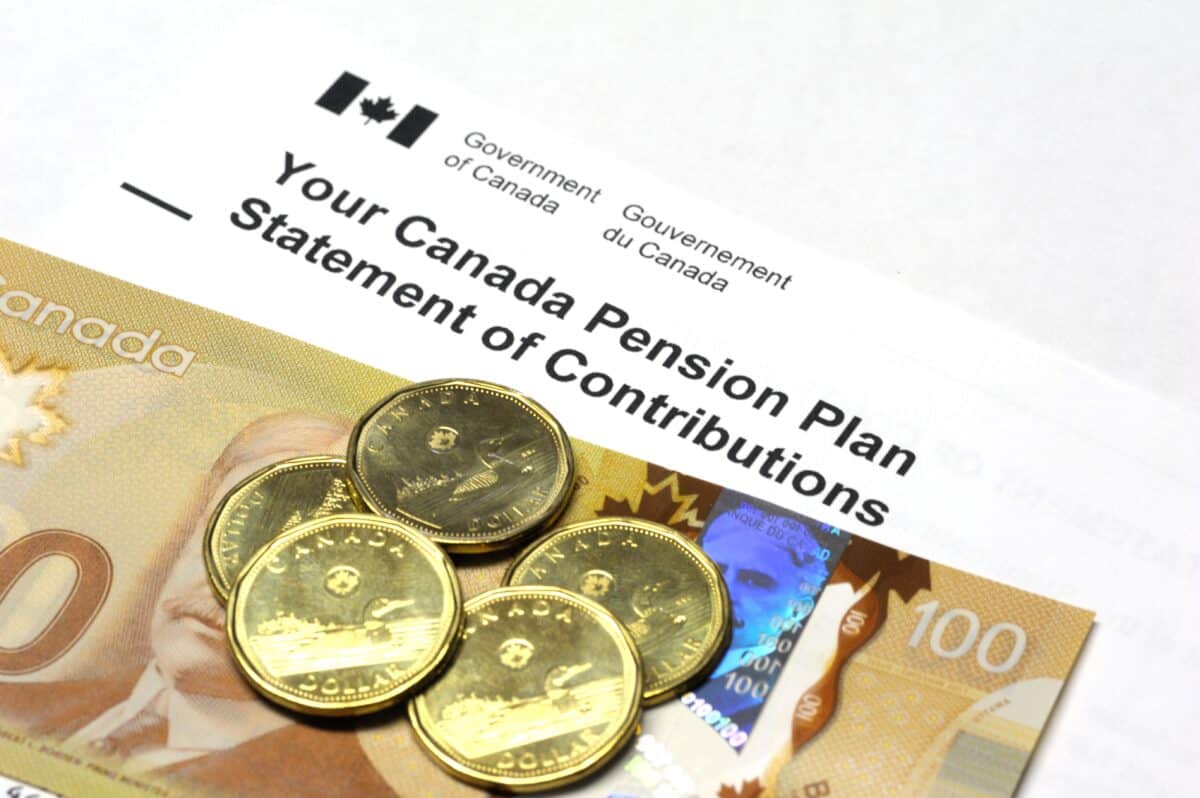Are you a retiree or soon-to-be retiree looking to boost your CPP pension?
It’s not the easiest thing in the world to do, but it can be done.
For the most part, you need to delay taking benefits, to increase your future benefits. There is one very specific situation in which you can reverse a decision to take benefits, but the window of opportunity doesn’t last long. There’s also a way in which a person already receiving CPP can increase his/her after tax amount. In this article, I will explore three ways in which a Canadian can increase their future or even present CPP benefits.
Delay taking benefits
The most obvious way to increase your CPP benefits is to delay taking them. The CPP formula is based on basically two variables: your earnings (up to the maximum pensionable amount) and your years paying in. You get an extra 0.7% per month for every month you delay taking benefits beyond age 65. You get 0.6% less per month for every month you take benefits prior to age 65. The average amount of CPP benefits starting at age 65 is around $816 per month. The amount for those starting at 60 is much less than that. So, it pays to delay taking CPP, providing that you are still able to work.
Reverse your decision to take benefits within 12 months
If you have already started taking CPP benefits but want to beef up your monthly payments a little, there is one situation in which you can reverse a prior decision to take benefits:
When the decision occurred less than 12 months ago.
CPP benefits can be reversed for up to a year after you start taking them. If you decide you don’t want to take benefits anymore, you can reverse your decision to take them and start building them up again. You can do this up until the age of 71, when mandatory RRIF withdrawals kick in.
Earn more take-home CPP by claiming tax breaks
Last but not least, no matter where you are in your CPP journey, you can increase your take-home amount by claiming tax breaks. By “take home” I mean after-tax. Tax breaks you claim reduce your taxable income. This in turn increases the amount of your CPP cheque you can take home. You could argue it’s a wash since the ‘tax breaks’ come from costs, but there are certain tax breaks like RRSP contributions that could be thought of more as gifts to yourself than “true” costs.
Making RRSP contributions is a great way to get tax breaks and grow your investments tax-free. Dividend stocks are often great RRSP holdings.
Consider Fortis Inc (TSX:FTS), for example. It’s a TSX utility stock with a 4.3% dividend yield. Invest $100,000 into Fortis in an RRSP, and you get $4,300 back in dividend income each year if the yield doesn’t change. The good news is that Fortis’ dividend has increased 50 years in a row… so the odds are in your favour.
Over the years, Fortis has distinguished itself as one of the best-performing utilities over any timeframe you could choose. There’s no guarantee that future performance will look like past performance, but with its manageable level of debt and sub-100 payout ratio, Fortis has a fighting chance of delivering the goods.









